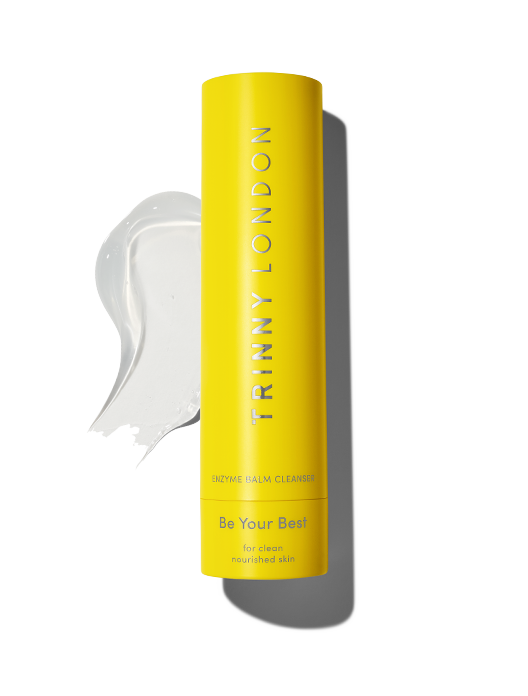
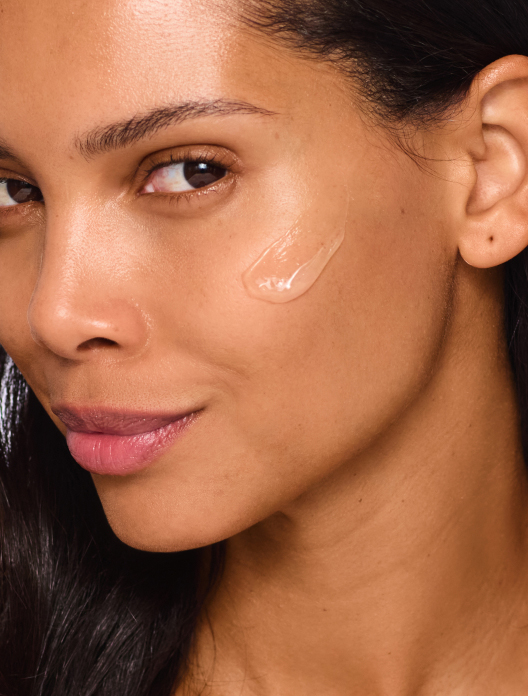
Be Your Best
Oil-based transforming cleanser for clean, nourished skin, suitable for all skin types

Of course, just because something isn’t harmful, doesn’t mean it isn’t frustrating, which might be why thousands of us are googling “how to get rid of milia” each month.
Milia present as bumps on the skin and can either be milky white or flesh coloured. They’re different to your average blemishes, which normally contain pus, and are actually small cysts filled with the protein keratin. The keratin hardens over time, which makes milia firm to the touch.
Unlike whiteheads or pustules, milia aren’t angry and inflamed. Think of them as party guests sitting quietly in the corner, as opposed to loud, rowdy ones. Milia are most common around the eye area, but can appear all over the face.
There are a number of different reasons my milia may form. The most common is a buildup of dead skin cells. If not properly exfoliated away or expelled by the skin, these can become trapped just beneath the surface. With nowhere to go, they’re stuck there, and harden in the process.
Skincare plays a part too. If you’re prone to milia, you might want to steer clear of rich eye creams and thick, duvet-like moisturisers around the eye area – or at least make sure you’re cleansing them away properly AM and PM. The skin around our eyes is more delicate than the rest of our face, making it more prone to blockages.
Unfortunately, some people are simply more prone to mila than others, meaning there’s not one quick-fix way to keep them at bay. Proper, daily cleansing and regular exfoliation to prevent build up are sensible steps if you’re not following them already.
The question of how to get rid of milia is a little trickier than tackling your regular whitehead or blackhead. Partly as there aren't any over-the-counter products marketed for the treatment of milia. That’s not to say they don’t exist, just that you need to know what you’re looking for.
In most cases, milia will go away on their own. However there is no set time frame for this, and it’s not necessarily a quick process (some milia can stick around for years). If you’re all out of patience with these pesky bumps, try one of the below at home:
This won’t strictly remove milia, but it double cleansing will help with prevention. The residue of your daily skincare or heavy balm cleansers can contribute to the formation of milia. At night, cleanse once with an oil-based product to dissolve the day before moving onto a gel to give your pores a good clear-out. In the morning, one cleanse is enough.
Liquid exfoliants like alpha-hydroxy acids and poly-hydroxy acids (AHAs and PHAs for short) do a brilliant job of breaking down the bonds that hold dead skin cells to the surface. Think of them as dusting, making sure your skin is as clear as possible. In the case of milia, they both help to prevent build-up in the first place and can help bring these keratin blockages to the surface.
Retinoids work in a slightly different way to AHAs and PHAs, but their effects on milia are similar. By speeding up cell turnover, they increase the rate at which new skin cells come to the surface, helping to whisk away the old.
What definitely won’t get rid of your milia is squeezing them. This will at best leave the area red and sore, and at worst damage the skin, leaving broken blood vessels in your wake.
If you’re finding your milia are persistent or hard to shift, you might want to seek professional help. A trained aesthetician will be able to deroof the milia without causing damage or scarring to the skin. This process is called extraction, and is not to be attempted at home, as untrained needle work, especially around the eye area, is never a good idea. In clinic a professional will expertly use a sterilised needle to break the milia and worm the keratin from within.
There are other clinic-based treatment options too, such as freezing milia with liquid nitrogen or using dermabrasion or laser. Speak to a dermatologist or qualified aesthetician about the best option for you and always do your research before undergoing any kind of cosmetic procedure or tweakment. A recommendation from a trusted friend is always a good place to start.
Shop the article


Oil-based transforming cleanser for clean, nourished skin, suitable for all skin types
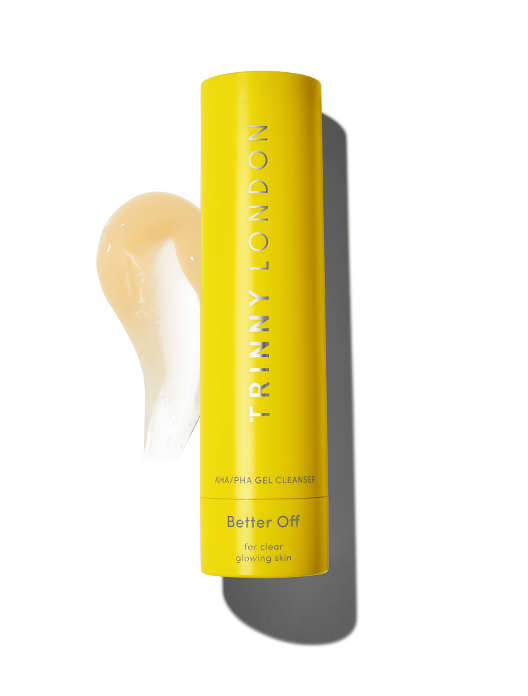
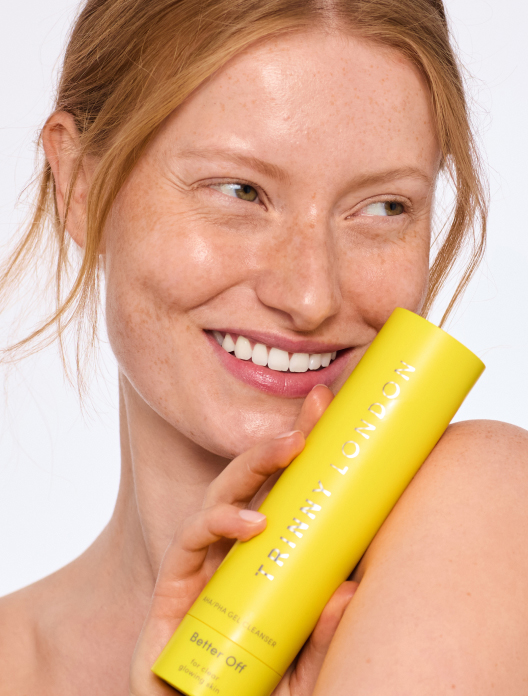
Exfoliating gel cleanser for clear, glowing skin, suitable for all skin types
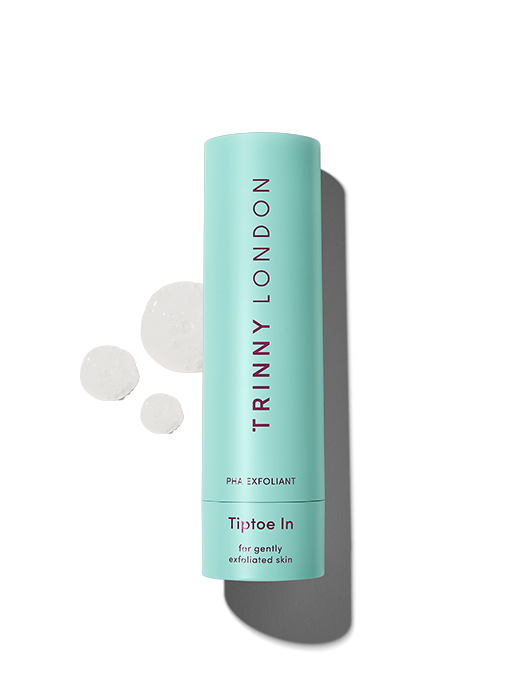

Kind-to-skin exfoliant for radiant skin, suitable for all skin types
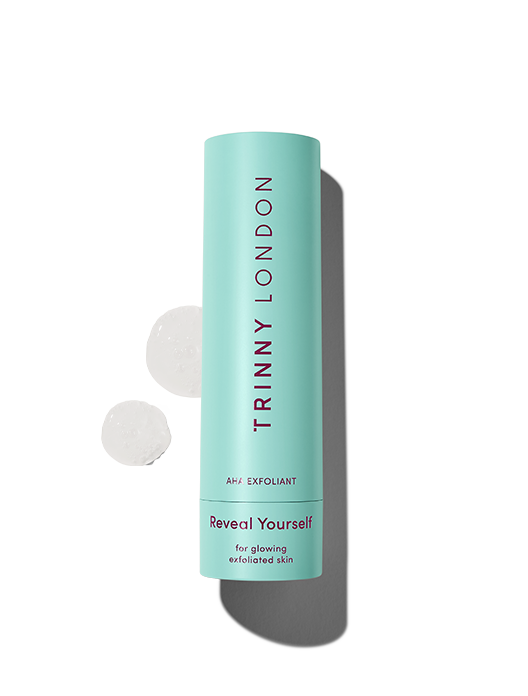
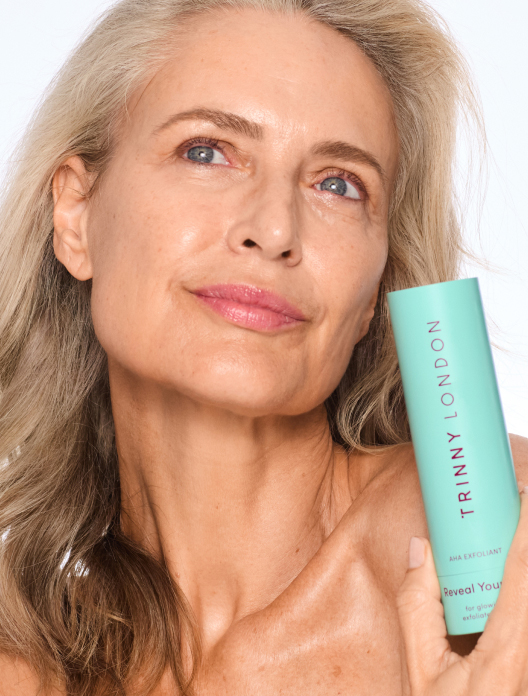
Highly active exfoliant for glowing skin, suitable for all skin types except sensitive
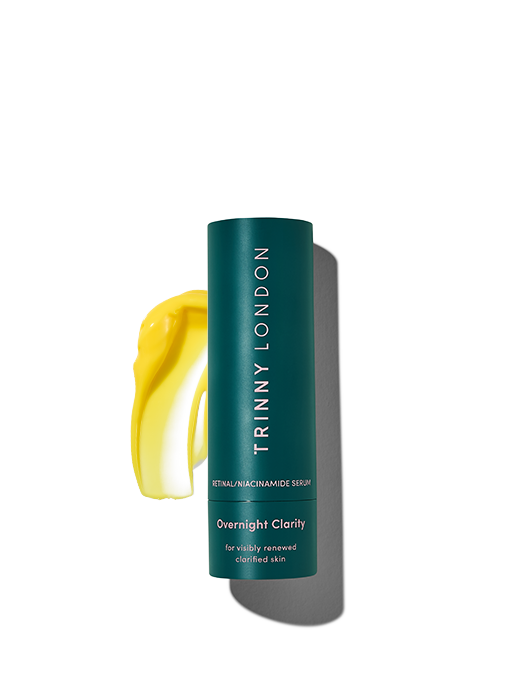
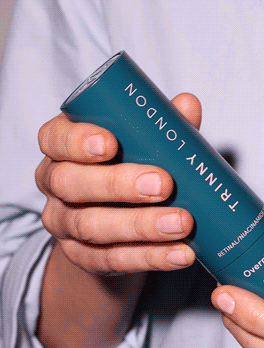
Retinal/niacinamide serum for visibly smooth, even skin, suitable for all skin types
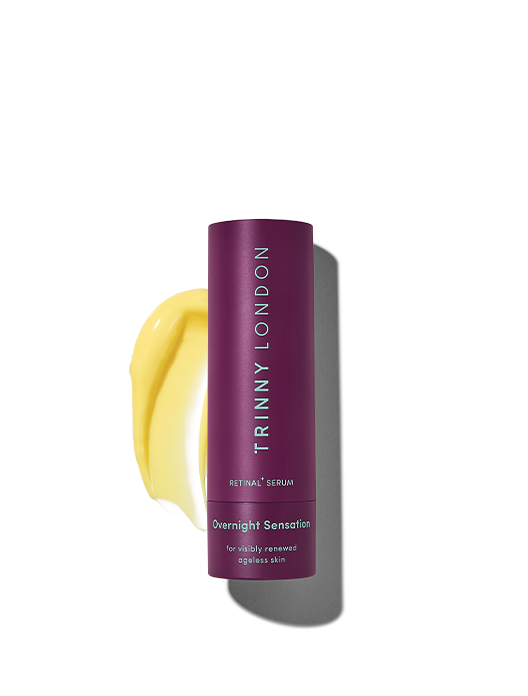
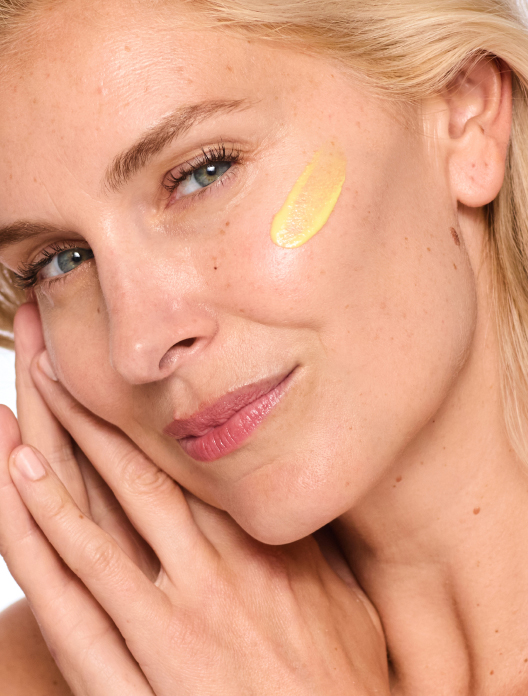
High-dose retinal serum for renewed, smooth skin, suitable for all skin types
Read, watch and be inspired...